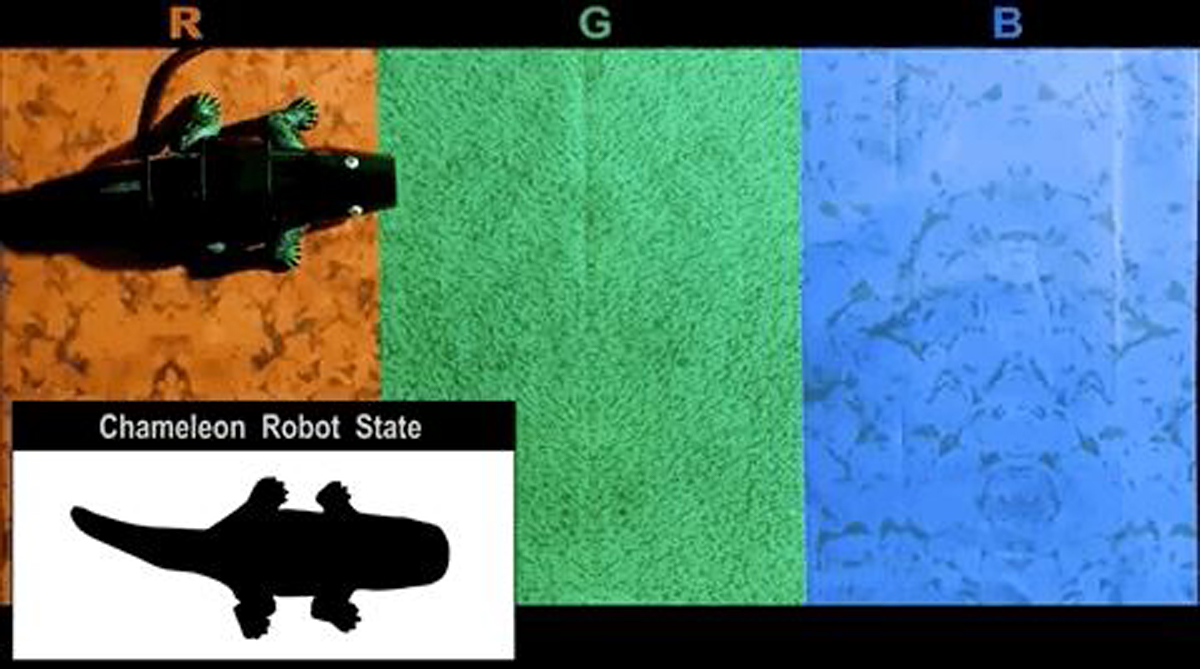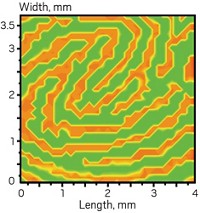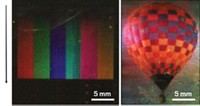Advertisement
Grab your lab coat. Let's get started
Welcome!
Welcome!
Create an account below to get 6 C&EN articles per month, receive newsletters and more - all free.
It seems this is your first time logging in online. Please enter the following information to continue.
As an ACS member you automatically get access to this site. All we need is few more details to create your reading experience.
Not you? Sign in with a different account.
Not you? Sign in with a different account.
ERROR 1
ERROR 1
ERROR 2
ERROR 2
ERROR 2
ERROR 2
ERROR 2
Password and Confirm password must match.
If you have an ACS member number, please enter it here so we can link this account to your membership. (optional)
ERROR 2
ACS values your privacy. By submitting your information, you are gaining access to C&EN and subscribing to our weekly newsletter. We use the information you provide to make your reading experience better, and we will never sell your data to third party members.
Materials
Catching A Thief With Nanopillar Security
When fogged by a person’s breath, nanopatterned films unveil hidden images that could guard products against counterfeiters
by Lauren K. Wolf
August 12, 2014
| A version of this story appeared in
Volume 92, Issue 32
To protect intellectual property, drugmakers often add holograms or other security tags to a medicine’s packaging. The problem is, counterfeiters are smart: Over time, the criminals figure out how to produce replicas of the tags. Security labels “need to provide a greater degree of protection and be difficult to produce in low-tech environments,” says Nicholas A. Kotov of the University of Michigan. Along with Seok Jae Lee of Korea Advanced Institute of Science & Technology and coworkers, Kotov has now produced and patented an anticounterfeit tag that becomes visible when fogged by a person’s breath (Adv. Mater. 2014, DOI: 10.1002/adma.201401246). To produce the tag, the researchers first pour an optimized mixture of polyurethane and the light-activated adhesive NOA63 into a silicon-based mold dotted with tiny cylindrical holes. The team then uses ultraviolet light to cure the mix, which later peels from the mold easily. The resulting iridescent film has an array of 20-nm-high pillars on its surface that, when subsequently coated with layers of patterned polyelectrolyte, form the security tag. Moisture from a person’s breath beads up on the nanopillars but not on patches of the polyelectrolyte, revealing the hidden image.





Join the conversation
Contact the reporter
Submit a Letter to the Editor for publication
Engage with us on Twitter